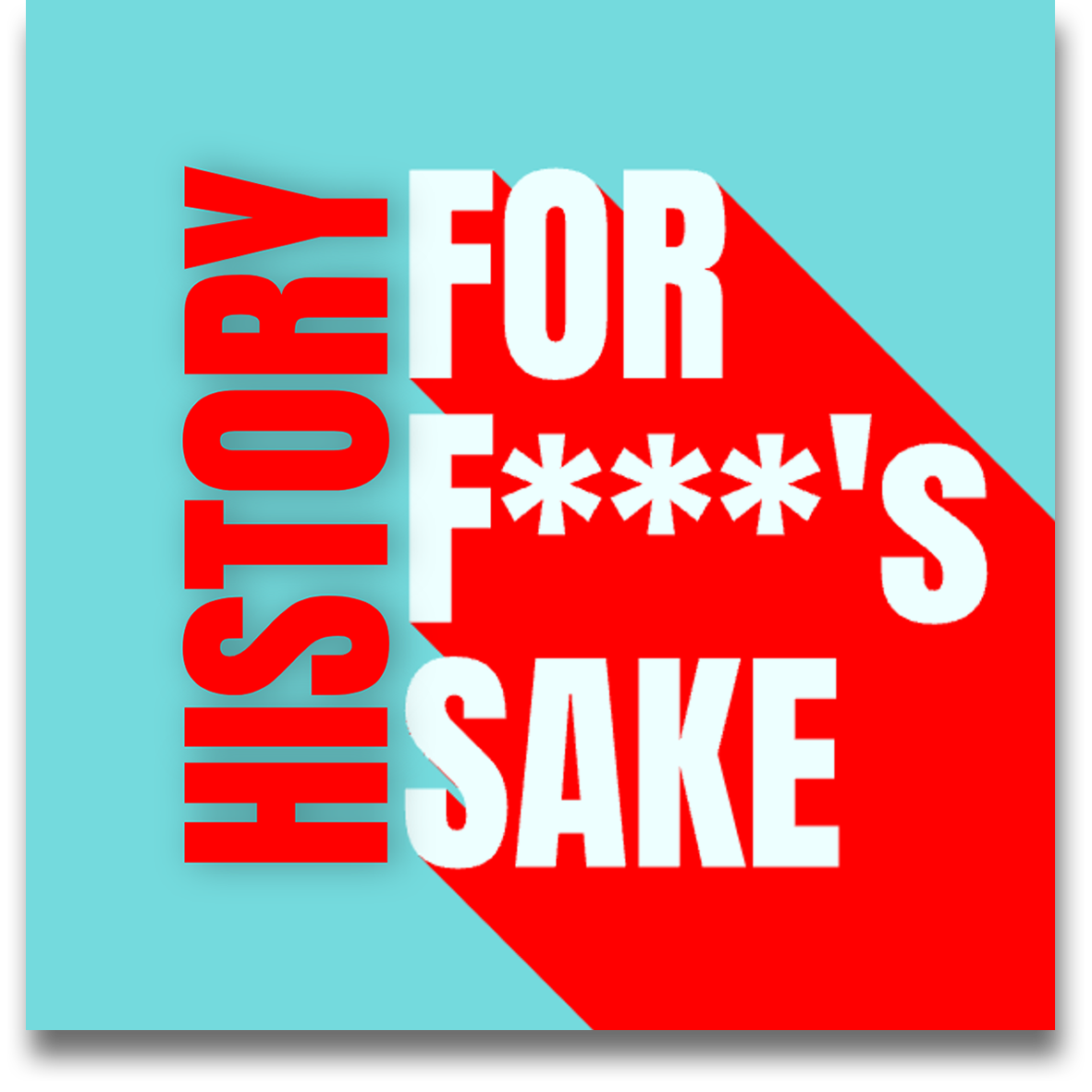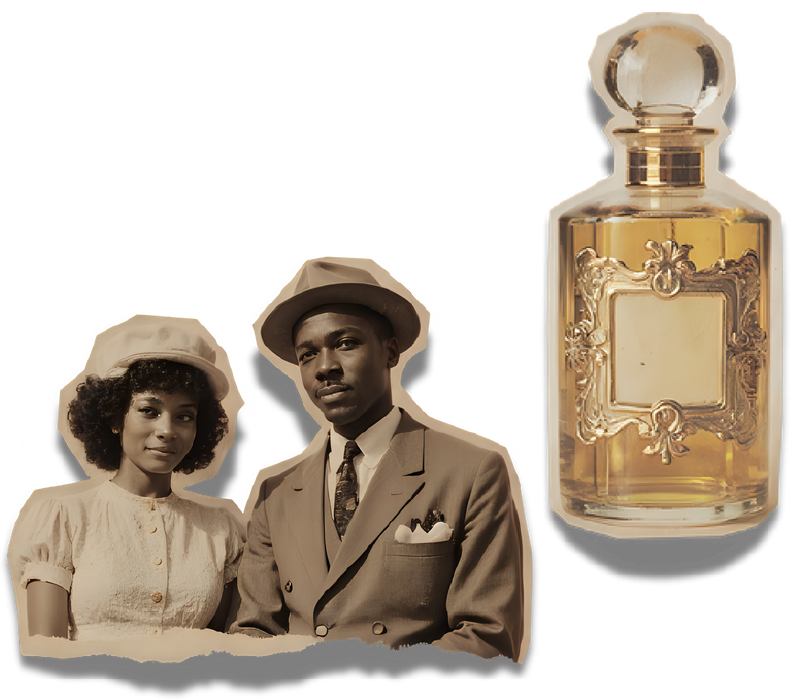
Did you ever wonder how we got here, and how sometimes tiny pieces of history make up, and have shaped our lives?
Or realised how every day, all of us are making history?
Join me, Sarah Dowd, in exploring what has happened in the everyday lives of people for the better, or at least the experiences that have just make us laugh and say…
This is… History. For F***’s Sake, the podcast that explores untold stories that make a difference.
When the world seemingly shut down for almost two years, what were we doing? We were creating art, making history and crying out of human contact. We were craving our culture.
I’m your host, Sarah Dowd, and I have worked on over 200 history, heritage and arts projects in the last 20 years across the world, everywhere from the Imperial War Museum in London to exploring how we put a fleet of ships in the sky, or bringing wrecks back from Honolulu.
I was recently diagnosed with ADHD which has brought a whole new layer of thinking about creativity and how we get people – ALL PEOPLE – really engaged with our shared history and culture.
Stories. Art. Film. Books. Ships. Music. Museums. People. Joy. Experiences. Humour. Humanity.
Because it’s all History, For F***’s Sake.
Find out more at historyffs.com
How much can a scent tell us about history, memory, identity and even rebellion? Host Sarah Dowd is joined by Valerie Sadoh, playwright and founder of House of Mahogany, for an evocative deep dive into the scented stories of the last century.
From the roaring 1920s release of Guerlain’s Shalimar (the “flapper’s fragrance” that changed perfume forever) to the creative resurgence after World War II, this episode explores how perfume is more than luxury or self-expression. Scent is a time machine – linking us across generations, cultures, and continents.
Valerie shares her personal journey from playwright to scent curator, weaving storytelling and nostalgia into immersive sensory experiences. Learn how the House of Mahogany came about, and why scent transports us so powerfully to other times and places, and how fragrances can spark dialogue across identity, migration, and history.
Together, Sarah and Valerie dig into the upcoming Windrush 80 immersive experience: marking the anniversary of the Empire Windrush’s arrival and honouring the Afro-Caribbean stories too often left untold. Hear why “to be educated is to be enraged” when confronting the gaps in collective memory and how immersive, multi-sensory storytelling helps us feel history in three dimensions.
What’s inside this episode:
- The wild history of Shalimar and the rise of the modern woman
- How scent shapes memory, identity, and even social change
- Valerie’s creative process fusing storytelling and fragrance
- The power of immersive and multi-sensory history experiences
- Windrush 80: reckoning with community, migration, and the complexities of British history
- Why museums and heritage spaces need to embrace ALL the senses
About Valerie Isaiah Sadoh:
Valerie is a British playwright, producer, and community consultant whose work explores identity, race, feminism, and personal history through sharp, immersive storytelling. Her debut play Pussy Liberty won the Bread and Roses Theatre Company Award in 2017.
She has since contributed to contemporary theatre through her involvement with esteemed institutions like the Almeida Theatre, the National Theatre, Bush Theatre’s Emerging Writers Group (2022), and the Gate Theatre. Valerie combines her dramatic craft with strategic cultural work through Les Raconteurs, leveraging her expertise in inclusive programming, audience engagement, and heritage interpretation.
Alongside her artistic pursuits, Valerie co-founded House of Mahogany, a mother-daughter-led luxury, home fragrance brand that crafts scented candles, diffusers, and sprays inspired by nostalgia, memory, and personal narrative.
Connect with Valerie:
Website: https://houseofmahogany.co.uk/
About Sarah Dowd:
I’m Sarah Dowd – writer, speaker, heritage and arts consultant, producer, and all-around nerd – here to share the stories of our past that make us laugh, gasp, and mutter: It’s History… For F***k’s Sake.
For 25+ years I’ve created immersive, inclusive experiences that bring history alive, from rallying Second World War convoys through London to staging performances between Pearly Kings and Gen Z creatives. My work spans museums, cathedral crypts, pop-up theatres, global brands, and community projects across the UK and beyond.
As a Canadian living between the UK and France (with a late ADHD diagnosis that fuels my curiosity and creativity), I zigzag through culture, history, and big ideas, but never boring ones.
Every week on HistoryFFS, we explore how history echoes through today, from Drag Race to prefab tiny houses, with voices from musicians to mischief-makers.
Follow @HistoryFFS – because we’re all making history, one ridiculous, wonderful moment at a time.
Connect with Sarah:
Website:www.historyffs.com
LinkedIn:https://www.linkedin.com/in/sarahdowd/
Patreon: HistoryFFS
YouTube: @HistoryFFSPod
Instagram: @historyFFSPod
TikTok: @historyffspod

What does 1925 Paris smell like? According to Guerlain’s legendary Shalimar, it’s citrus, vanilla and decades of glamour. In our latest History for F***’s Sake episode, host Sarah Dowd and special guest Valerie Isaiah Sadoh (playwright and founder of House of Mahogany) explore how scent is more than a luxury: it’s a time machine, a bridge to global stories, and a powerful tool for historical empathy.
Fragrance as Freedom: The Flapper’s Revolution
The episode opens in the art deco heart of Paris, where Shalimar was launched to entice a new generation of liberated women, the flappers. Sarah highlights how this scent, inspired by Mughal India’s gardens, broke away from the powdery, reserved perfumes of previous eras. “It’s about enticing the modern woman,” she explains, noting Shalimar’s iconic, near-mythical presence in books, films, and culture for the last century.
Storytelling through Scent: Valerie’s Journey
Valerie’s love for storytelling began as a child, eavesdropping on family stories and imagining how to capture the tennis-match energy of real life. When lockdown hit, she and her mother turned their efforts to crafting memory-infused candles, launching House of Mahogany. From mixing citrus and ylang ylang in their kitchen to capturing the earthy essence of a rainy English forest, Valerie found that scent could transport her (and her customers) back to moments long forgotten.
“Scent brings you to a specific memory with 86% accuracy,” Valerie shares. Whether it’s the warmth of a grandmother’s kitchen or the adventure of escaping through a woodland at boarding school, her range of candles and diffusers are designed to evoke vivid, personal stories. And yes sometimes writing a character starts with picking their perfect perfume.
Why Scent Matters: From Danger to Connection
Sarah and Valerie reflect how smell is an often-overlooked aspect of perception. From waking up to the warning scent of wildfire smoke, to experiencing historical immersion at the Champagne Museum in France, scent triggers immediate, emotional responses. “Smell can tell you a whole building’s story faster than any plaque or text,” Valerie notes, recalling market customers who suddenly land on ‘the scent’ that transports them home sometimes to places they’ve never actually been.
Making History Multisensory: Windrush 80 and Immersive Art
Moving from candles to Caribbean journeys, Valerie and Sarah discuss their upcoming multisensory Windrush 80 project. To be educated is to be enraged, Valerie declares, describing her anger at how little is truly known about the Windrush generation’s role in rebuilding Britain. Their vision? To let visitors walk into an immersive journey and literally smell the ocean, the hope, and the hardships of migration connecting micro-stories of individuals with the macro history of empire and postwar reconstruction.
Museums, Memory, and the Future of Storytelling
The episode closes with an inspiring call for museums, theatres, and heritage groups to seek out untold stories—and tell them through every available sense. Valerie imagines a future where history isn’t just something you read or hear, but something you can touch, taste, and, above all, smell. From the revolutionary flapper to a candlelit Caribbean memory, scents of history remind us that to truly know the past, sometimes you need to breathe it in. Want to hear more fragrant stories?


